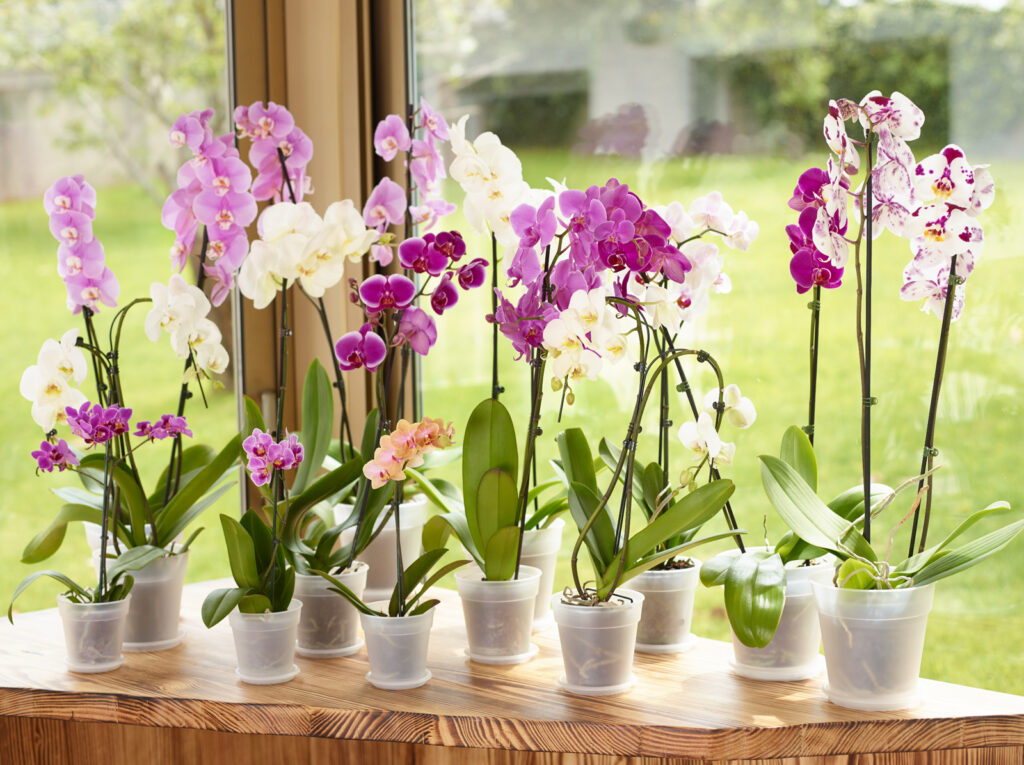Your cart is currently empty!
10 Easy Succulents for Beginners
Succulents have become a popular choice for indoor gardening, especially among new plant owners. Their appeal lies in their visual variety and easy care requirements. For those just starting their plant journey, succulents offer a forgiving and rewarding experience. In this article, we will explore ten easy options that are perfect for beginners.
These plants require minimal watering, adapt well to different environments, and bring a natural charm to any room. Whether you’re decorating a sunny windowsill or creating a small indoor garden, these succulent types are excellent starting points.

Echeveria Succulents
Echeveria is one of the most recognizable succulents thanks to its stunning rosette shape. Its leaves come in a range of pastel colors, making it a decorative choice for homes and offices. Echeveria thrives in well-drained soil and bright, indirect light. It’s also easy to propagate, so you can expand your collection over time.
Jade Plant
Known botanically as Crassula ovata, the jade plant has thick, shiny leaves and a tree-like structure. It symbolizes prosperity and is often given as a gift. Jade plants prefer bright light and only need watering when the soil is completely dry. Their ability to live for many years makes them a great investment for your indoor garden.
Zebra Plant
Haworthia fasciata, or zebra plant, is named for its white horizontal stripes on dark green leaves. It stays small, making it ideal for tight spaces like desks or windowsills. The zebra plant prefers filtered light and doesn’t require frequent watering, which makes it a low-maintenance option for busy people.
Aloe Vera
Aloe vera is both functional and decorative. Its thick, spiky leaves contain a gel that can be used to treat minor skin issues. Aloe needs bright, indirect sunlight and occasional watering. Avoid overwatering to prevent root rot. It’s perfect for bathrooms or kitchens where you might want a bit of greenery and a useful plant at the same time.
Panda Plant
The panda plant, or Kalanchoe tomentosa, is known for its fuzzy, silver-green leaves with dark edges. It’s visually interesting and thrives in indirect sunlight. Like most succulents, it doesn’t need much water. Allow the soil to dry between waterings. Its texture and color contrast make it a standout in any plant arrangement.
Ghost Plant
Graptopetalum paraguayense, commonly called ghost plant, has pale, grayish leaves that form a rosette. The color can change slightly depending on light conditions. It’s hardy and grows quickly, making it an excellent choice for beginners. Ghost plants do well in direct sunlight and prefer infrequent watering.
Burro’s Tail
This trailing succulent, also known as Sedum morganianum, looks beautiful in hanging pots. Its long stems are covered in plump, green leaves that can be delicate, so it’s best to place it somewhere it won’t be disturbed. Burro’s tail likes bright, indirect light and does not tolerate overwatering.
Hens and Chicks
Sempervivum, also called hens and chicks, forms tight rosettes and spreads by producing offsets or “chicks” around the parent plant. This succulent is ideal for containers and rock gardens. It thrives in full sun and can tolerate cold, making it versatile for different indoor and outdoor settings.
Snake Plant
While some debate its classification, Sansevieria trifasciata is often grouped with succulents due to its water-storing leaves. The snake plant is nearly indestructible and can survive in low light, though it grows best in bright, indirect light. It also purifies air, adding both beauty and health benefits to your home.
Lithops
Lithops are often called living stones due to their appearance. These tiny succulents blend into their surroundings and require very little care. They need lots of light and minimal watering, especially during their dormant period. Lithops are ideal for those who want something unique and compact.
Why Choose Succulents as a Beginner
Choosing succulents as a beginner makes sense for many reasons. They don’t demand daily attention, making them suitable for busy schedules. Their visual diversity means you can build an interesting collection without much effort. Additionally, they fit well in different spaces, from apartments to office desks.
Their resilience makes them excellent teachers for new plant owners. Learning when and how to water, where to place them, and how to propagate helps develop the confidence needed to care for more complex plants in the future.
Where to Buy Quality Succulents Online
If you’re located in Belgium or the Netherlands and looking for a reliable place to purchase healthy and vibrant succulents, Succulux.be is the best online platform to explore. With a wide range of easy-care species, quick delivery, and expert packaging, Succulux.be is the go-to source for plant lovers who want quality and convenience.
Final Thoughts
Starting with succulents is a smart way to enjoy the beauty of plants without the stress of constant upkeep. The ten varieties listed here are beginner-friendly and offer a great introduction to indoor gardening. Each one brings its own charm, whether it’s the rosette patterns of Echeveria or the elegant structure of the snake plant.
Try adding one or two to your home, and you might find yourself wanting more. Succulents provide not only aesthetic value but also a peaceful connection to nature that can brighten your day. With minimal effort and just a bit of care, you’ll be well on your way to creating a lush, green space.
Leave a Reply